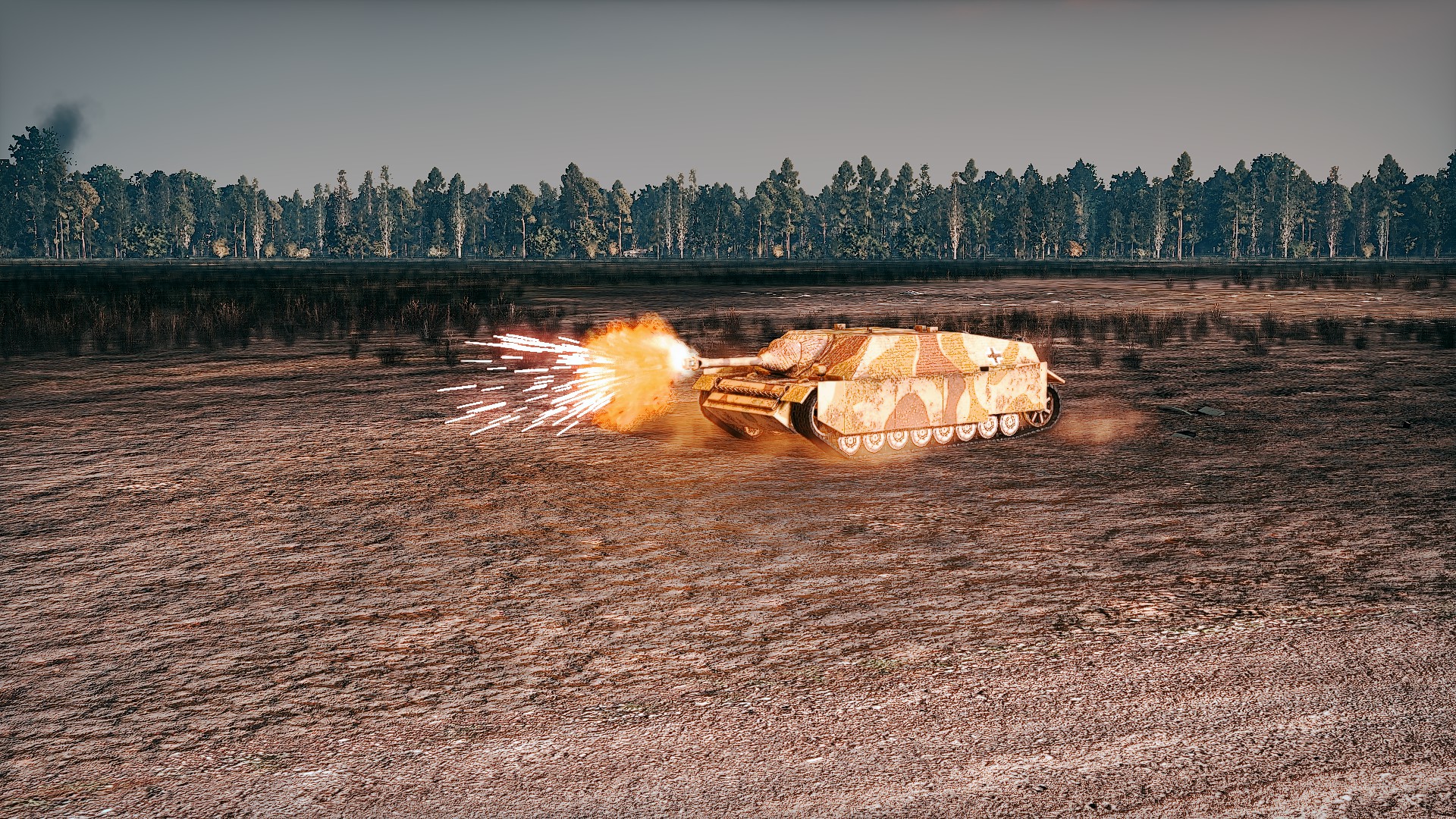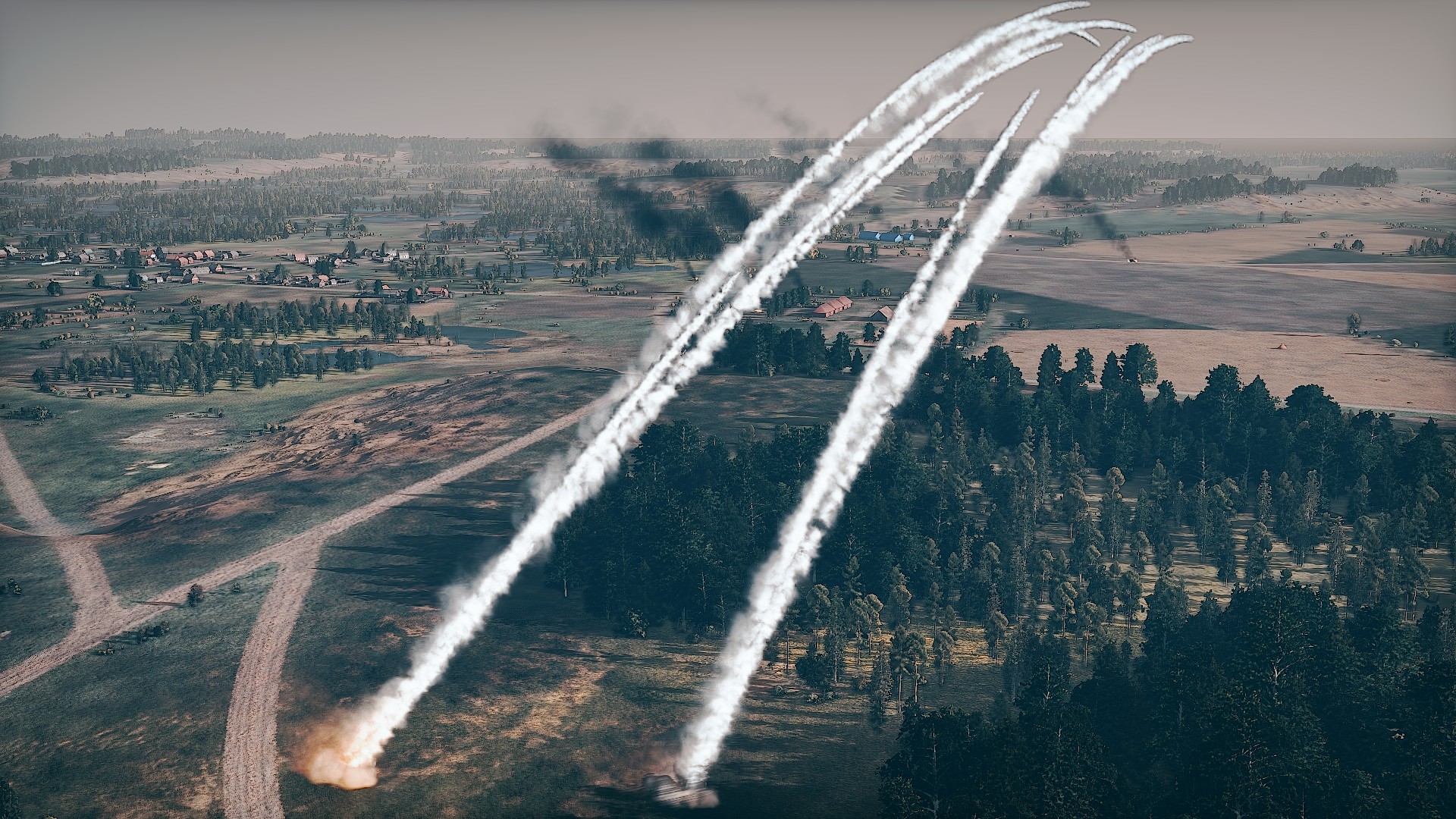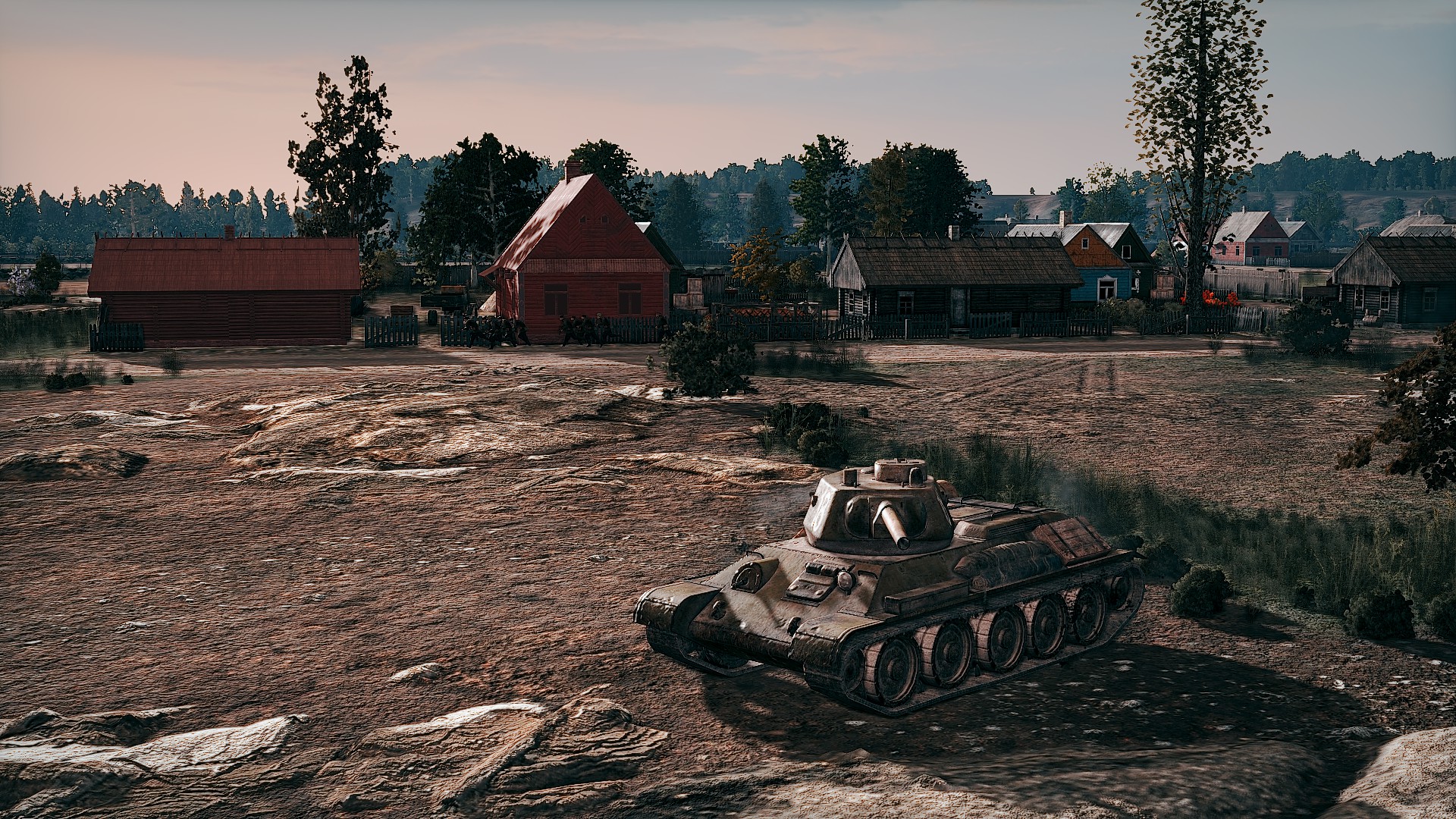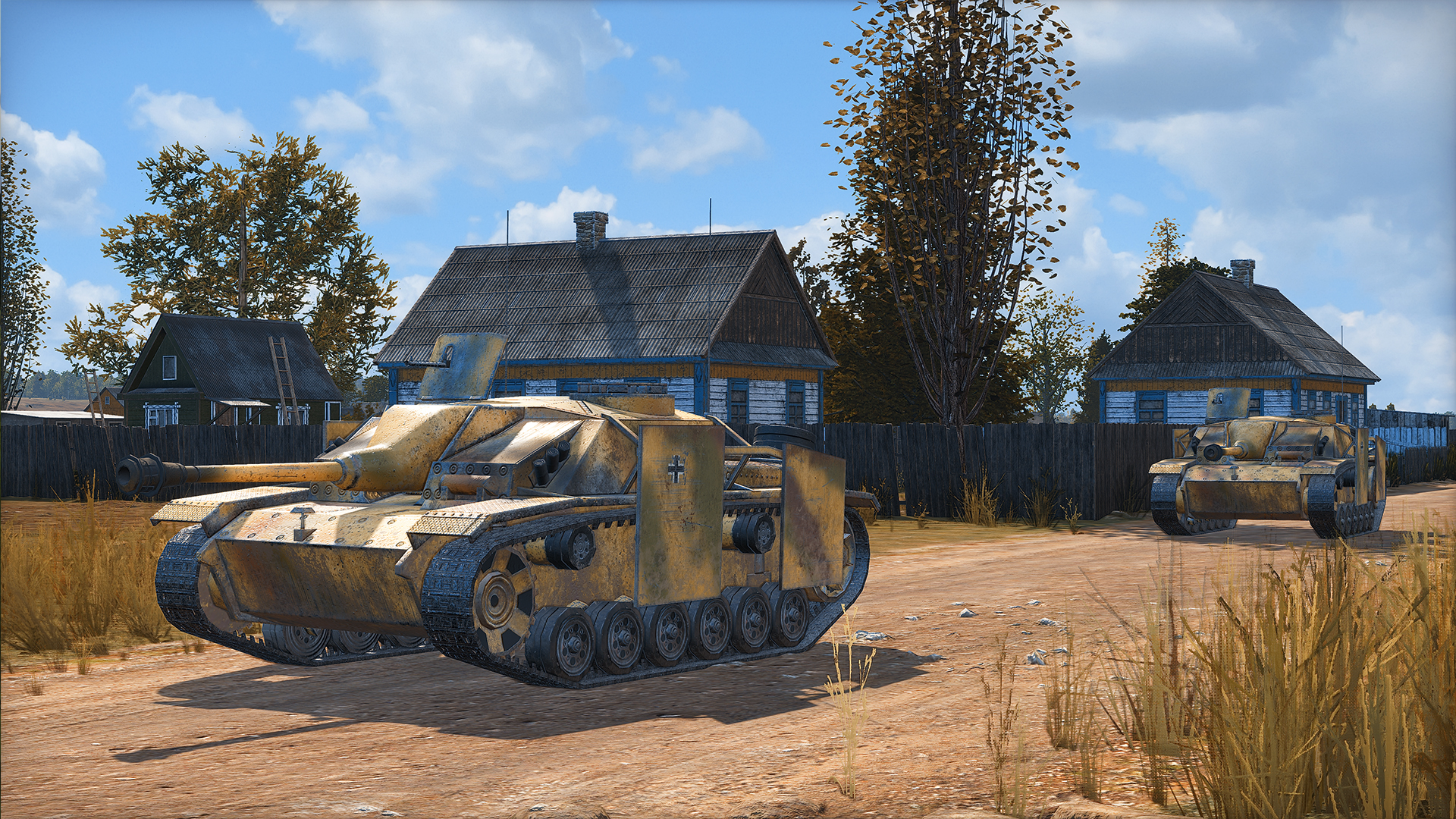Our Verdict
Weighed down by a terrible campaign, this is still a superb multiplayer WW2 tactical RTS.
PC Gamer's got your back
What is it? A massive, realistic World War 2 RTS.
Expect to pay: $40/£35
Developer: Eugen Systems
Publisher: Eugen Systems
Reviewed on: Intel Core i5-3330, GeForce GTX 1070 Ti, 8GB RAM
Multiplayer? Yes, and it’s the best part.
Link: https://www.steeldivision2.com/
A grandiose rendering of World War 2's Eastern Front, Steel Division 2 details Operation Bagration: The Red Army's back-breaking push against the Nazi war machine. It's an ambitious real-time strategy game, and though it ultimately fails to live up to a lot of that ambition—especially with its singleplayer campaign—the vastness of its battles captures the scale of total war with lavish detail.
Operation Bagration was the June to August 1944 offensive that threw a huge number of the Soviet army's best troops against the German army in occupied Belarus and Poland. At the same time as the Normandy invasion thousands of kilometers away, the Soviet army surrounded and crushed Germany's Army Group Center, signaling the end for Germany in the east. The combatant divisions of troops in this game are weary veterans who have been at war for three years, many equipped with some of the most advanced weapons to be produced during the war. Others are fresh-faced conscripts and raw recruits, or back-line battalions forced into front line service by the onrushing offensive. You build your own customized divisions using the composition of these historical formations.
Tactical battles are the heart of the game, real-time conflicts pitting dozens of units against each other in conflicts that feel real. Battles with 10 players on each team, each commanding a couple dozen units, feature prominently in online play and take place on a map so big you couldn't hope to support your furthest ally if you wanted to. It's warfare at a scale that inspires awe when you watch a replay.
War Stories

Steel Division 2 pushes realism as far as it can be pushed in the genre and still remain fun: A tank's main gun can fire massive distances—up to 2,000 meters—and even that kind of range doesn't scratch the width of a map. A multiple-rocket artillery piece can take minutes to reload. Infantry can fight for so long in urban warfare that they run completely dry of their thousands of rounds of ammunition, requiring you to bring in supply trucks with the next wave of reinforcements. SD2's tactical play forces you to care about details like force composition and deployment speed and how terrain affects the battlefield—and not in boring, simple ways, like Light Cover or Heavy Cover, but in a human scale that shapes the world your units move in. Two kilometers is a huge distance to ask your soldiers to charge on foot with people shooting at them. It's not a huge distance for the tank gun taking aim at your men.
Matches are won or lost on the front line of combat, a colored line overlaying the field that pushes and pulls as units move. It's satisfying to shift, forming dynamic pockets and bulges and salients. New to SD2 are capture points, so battles are won by taking notable terrain features: hilltops, bridges, towns, roads. It's a marked improvement from the simple percentage of map control in Normandy '44. Interacting with that terrain is simple. The game's built-in range and line of sight checking tool is well made—it's hotkeyed to C—and sliding across the terrain to reveal high ground for overwatch or sheltered dells to advance along is a joy. Battles take place over three phases, A, B, and C, each of which escalates the fight, introduces new units, and changes your income of points to call in those units with.
All of this is quite complex: there are systems for suppression, morale, armor penetration, resupply, repair, surrenders, shock, air combat, cover, and transports, and that isn't an exhaustive list. In an unforgivable sin, there is neither tutorial nor manual to help you learn the basics of the game. The UI is also woefully unequipped to direct you. How much fuel does this particular plane have left? Who are my soldiers shooting at? These are not things it will tell you at a glance.
However, the result of all that complexity is a good, historical, tactical RTS. The scale of Steel Division 2 is grander than Normandy 44, and fielding a formation of 12 tanks or hundreds of infantry is no longer the exception in any given battle, it's the rule. The feel of it all fits the historical conflicts of the Eastern Front, battles that alternated between brutal frontal assaults and slick outmaneuvering. The maps play directly into this. Based on ordnance survey and aerial reconnaissance photography from the time, they have a remarkable fidelity and allow for tactical diversity.
General disappointment

One would hope that this fidelity would apply to Army General, the much-hyped single player campaign that scraps Normandy 44's scripted scenarios for a full-on strategic wargame. The sprawling Army General maps are a war table hundreds of kilometers square, each recreating a particular section of Operation Bagration. You’re given basic objectives and a historical layout of battalions to move about in turn-based rounds with your opponent. When you clash, you bring some of those battalions into real-time skirmishes. This sounds excellent, a partnership of real-time tactics and turn-based strategy. It is anything but.
Army General suffers from a frustrating, terrible interface and poorly-explained, poorly-suited mechanics. It does have a manual, but one so vague as to be unhelpful. Units are moved around the map and attack via an action points system, but that system can be baffling to understand because it's married to real-world measurements in kilometers and an invisible grid overlay, with no indication as to why a battalion can't attack enemies or why it's moving so slowly even though you’re sure it's on a road and not in the adjacent swamp. It's the worst kind of wargame design: rote and derivative, detailed where it doesn't need to be, abstracted where it hurts most.
The Army General mechanics even manage to throw off the tactical battles. Deployment phases are thrown out the window in favor of phases based on the position of the battalions on the map. (Which is finicky and frustrating, remember.) So sometimes you're stuck with no tanks, or no infantry, for half a fight. It's a bizarre choice for a game that otherwise prides itself on realism. Why would the recon group charge the German bunker line rather than wait 20 minutes for the tanks to show up? Worse, the AI is disastrously terrible at taking charge of allied battalions in these matches, turning from the otherwise-competent Skirmish partner into one that bull-headedly chooses a lane on the map and marches up it repeatedly. Also, you can't save during Army General battles, which can take an hour to resolve.
Better together

Despite the campaign's shortcomings, the multiplayer and skirmish warfare are still excellent. They feature some great innovations on Normandy '44. Command networks let you link your Leaders with a high-ranking officer for greater bonuses to those under their command. Radio-equipped artillery spotters let you lower aim time for your guns, so a well-placed spotter can increase the speed of your bombardments. They're both systems that play into the strength of Steel Division's gameplay: Planning, foresight, and careful deployment.
The fights for prominent plateaus in particular are some of the most memorable struggles I've had in an RTS for a long time. Another player and I took up opposing positions in two woods on top of a large plateau in a map's center, with a field running east-west between us and a capture point in the middle. I got there first, the front line pushed out—the point was mine. I consolidated my position, using the high ground to support allies on either flank with anti-tank fire. I saw that enemies were bringing up some Panzer II light tanks, so I prepared machine guns and a medium tank. I realized too late that their infantry were assault units. Smoke shells made my carefully-prepared killing field moot, and their rush overwhelmed my riflemen while the light tanks flanked. The ridge was lost: I wrote off my surviving troops and saturated it with Katyusha rocket artillery.

The new division building mechanics, on the other hand, are a misstep for the series. While in Normandy '44 each division's selection of units were locked to a particular phase, Steel Division 2 lets you take near any unit at any point—the tradeoff being that you can get more of the unit, or get it at a higher level of veterancy, if it appears in a later battle phase. It makes the process of readying a division for battle painfully fiddly. Do I want two Tigers in phase A, or four in phase B, or two veteran Tigers in phase B, or one elite in phase C? Moreover, it throws off the entire rhythm of the multiplayer matches. Phase A is no longer a tense maneuver of reconnaissance and light vehicles punctuated by a few heavy hitters, with a steady escalation from there culminating in a phase C of desperate last stands and heroic pushes for victory. The realism of phased deployment and careful force structure are out the window. Competitive multiplayer is now an exercise in brutal, calculated abuse of the forces available to you.
Steel Division 2 is a good game buried under layers of frustrating obfuscation and burdened with a poor single player experience. Every time I was close to getting fully immersed, a new, ugly problem reared up to distract me. The ambitious bones of a truly great game are here, but ultimately it's hard to recommend this to anyone but those who already love the series' unique multiplayer.
Weighed down by a terrible campaign, this is still a superb multiplayer WW2 tactical RTS.
Jon Bolding is a games writer and critic with an extensive background in strategy games. When he's not on his PC, he can be found playing every tabletop game under the sun.


